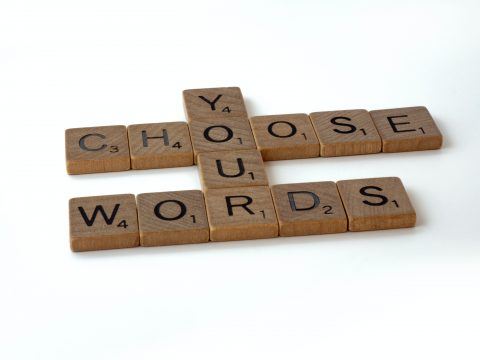One of the goals of every online-based business is to be super visible to its potential customers, so your products and services are pushed right under the noses of searching consumers. Although it’s not a straightforward and easy process to pitch yourself in position one of the SERPs (and stay there), there are lots of little things to look out for in order to give Google a bit of a helping hand, and content duplication is one of them.
What is content duplication and why is it bad?
Although there aren’t any specific penalties dished out for having duplicate content, it’s not something you ideally want for your site. This is because it confuses Google as to which version of the content to rank. So, depending on the amount of duplicate content, you could be forcing Google to choose between two, three or sometimes multiple pages, which dilutes the visibility of each individual page. It also means that internal pages will be competing against one another as opposed to teaming up against your competitors, and where’s the fun in that?

Where might you find examples of duplicate content?
You could come across duplicate content in a number of places on your site, some of the most obvious being linked to product descriptions, page titles and meta descriptions. Perhaps you’ve used the same page title for a group of similar products, or a standard content block across a variety of comparable services? You may have copied some information from a manufacturer site – all these things can cause problems when Google deciphers and indexes your site’s pages.
Another place we’ve found duplication to be prevalent is in URL parameters; each page of your website should have a unique URL, and it can get pretty sticky if you end up with an exploding URL stuffed with a variety of different queries. You may also come across duplicate content if you have a couple of separate versions of your site, for example HTTP and HTTPS.
A few simple and effective ways to overcome content duplication
A straight-forward solution is to utilise the 301 redirect. Choose your richest, most relevant page and point the duplicate pages to this single page. This is a good option if perhaps you’ve got three blog posts talking about a really similar subject, or a time-limited campaign page.
You can also choose to give one of your duplicate pages ranking power above the others, by using the rel=canonical attribute. This useful snippet of HTML code tells Google which page to index, thus eliminating internal competition between duplicate pages. On the flip side of this, you could instead choose to implement a meta robots noindex tag, which highlights specific pages that you want excluded when Google runs its next index.
The above fixes work well, especially in circumstances where you find a substantial amount of duplicate content. However, if you find it’s only a couple of pages that are affected, another easy solution is to simply spend a little time rewriting, giving those pages a unique twist, and a chance to compete in the road to the top spot.
For even more ways to locate and fix duplicate content, be sure to check out our technical tips blog post.

Leave a Reply